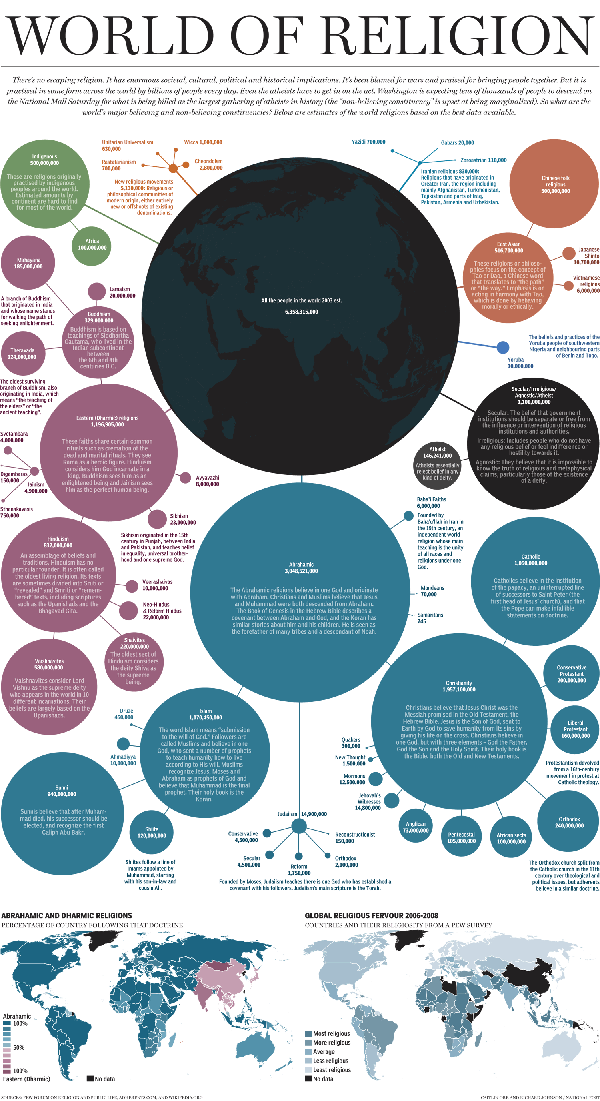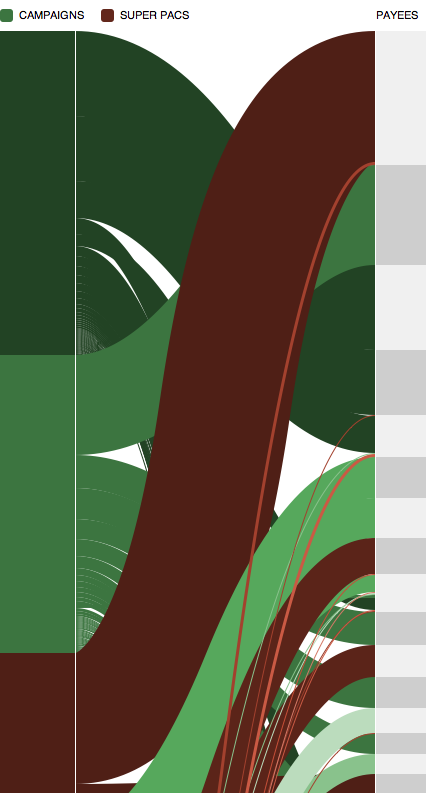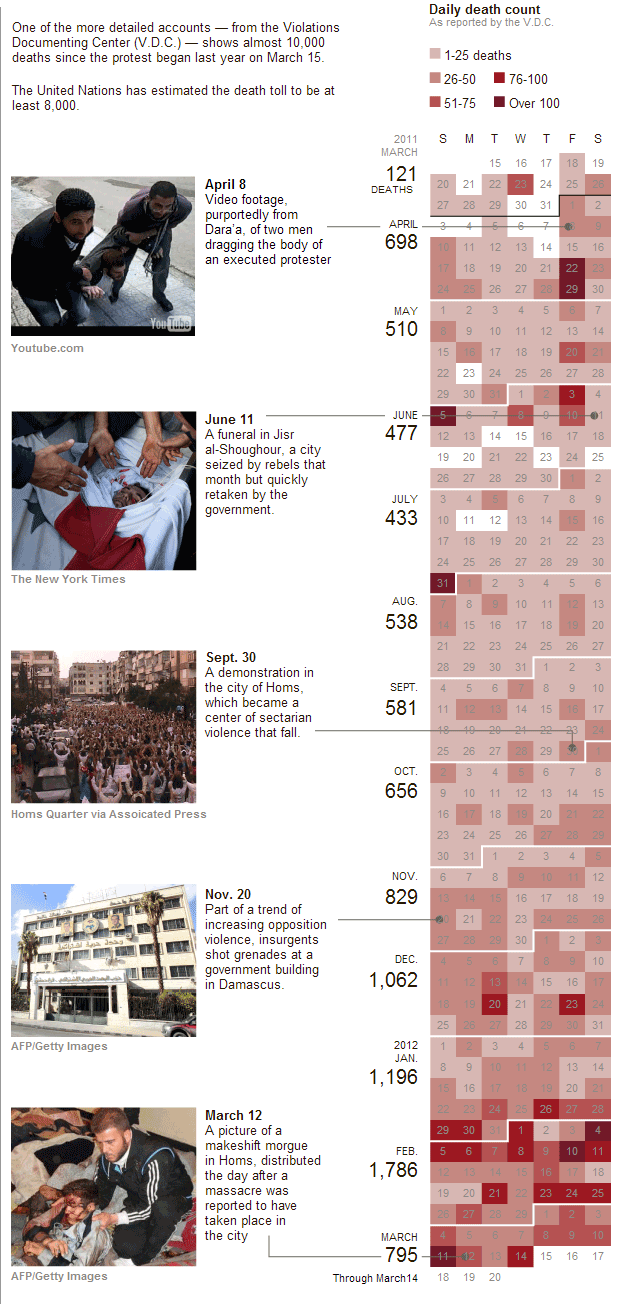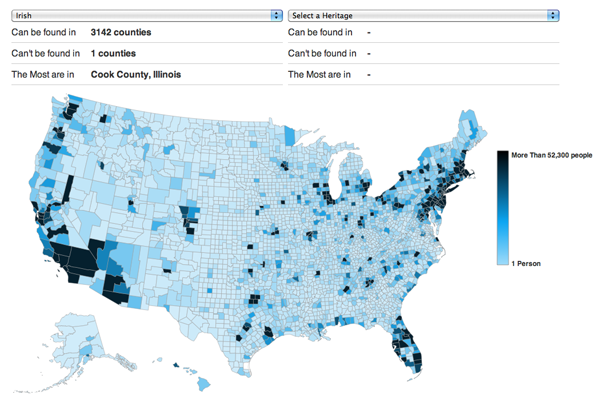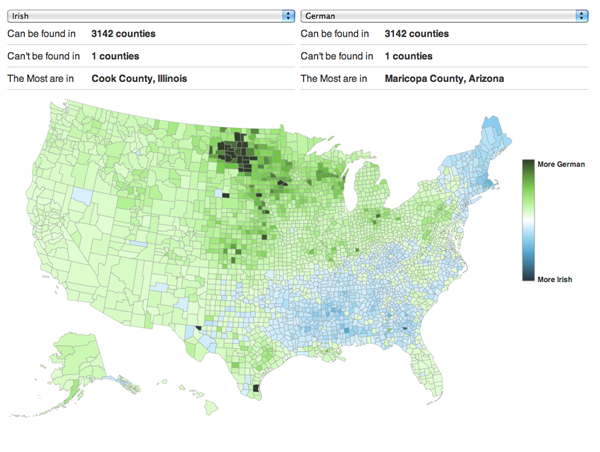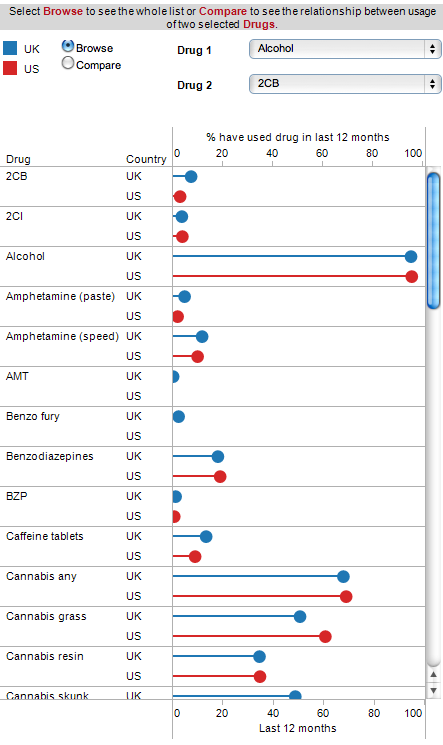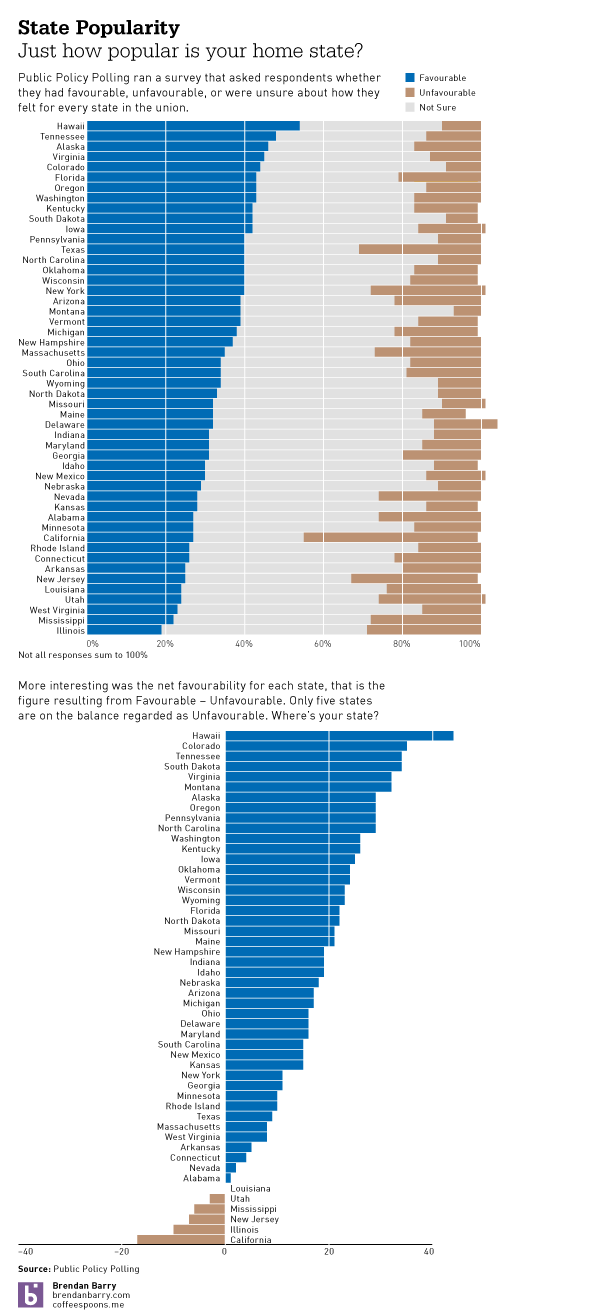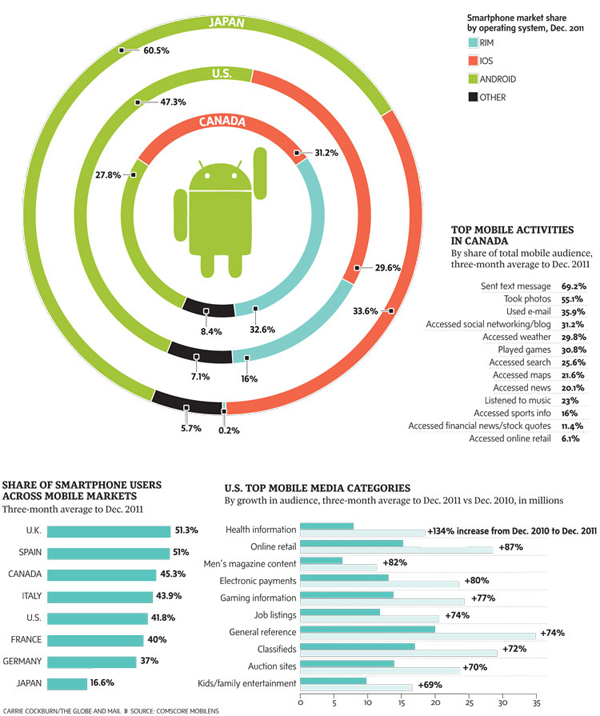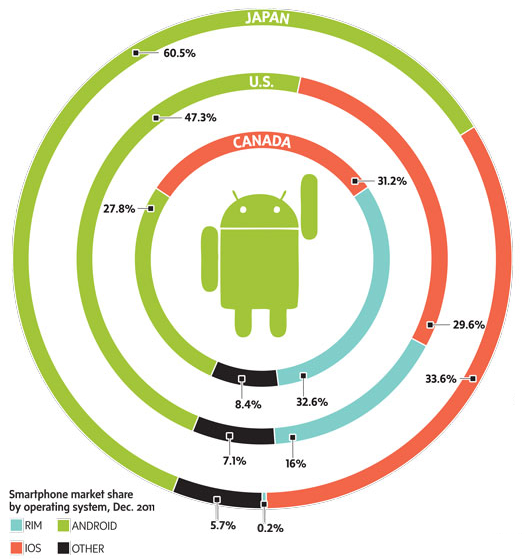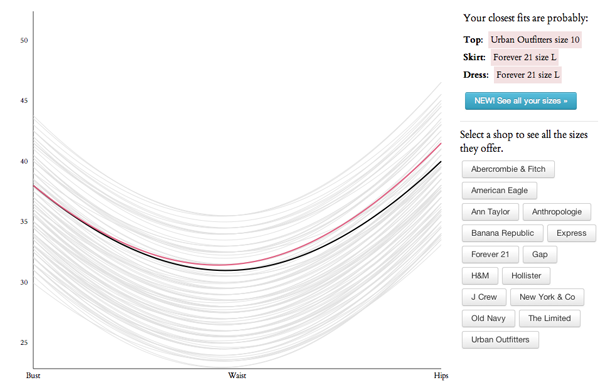Given the absence of a post yesterday, I took some time to do a small catch-up piece for you all. Those who know me offline are well aware that I document many things about my life including when I happen to drink tea. (And that’s often.) Finding myself with some unexpected time, I looked through the data that I have amassed since 1 January through to 28 March. While I aim to do more with this dataset someday, for now consider this a start. And now a self-surveillance infographic. On drinking tea.
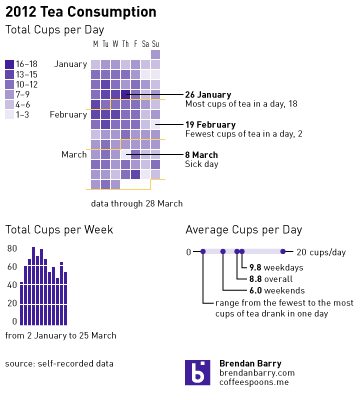
It is interesting to note that I have in fact had tea every single day so far this year.

